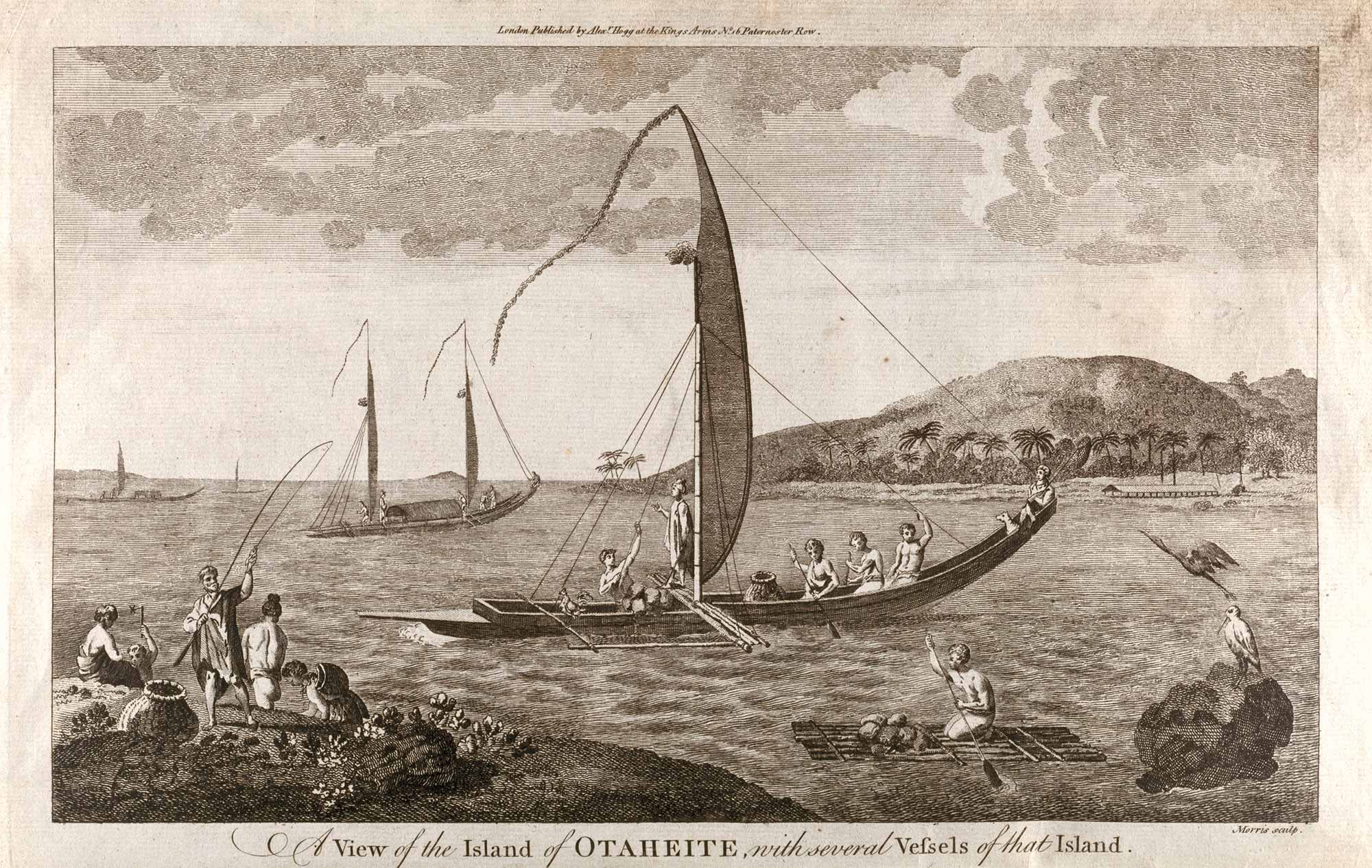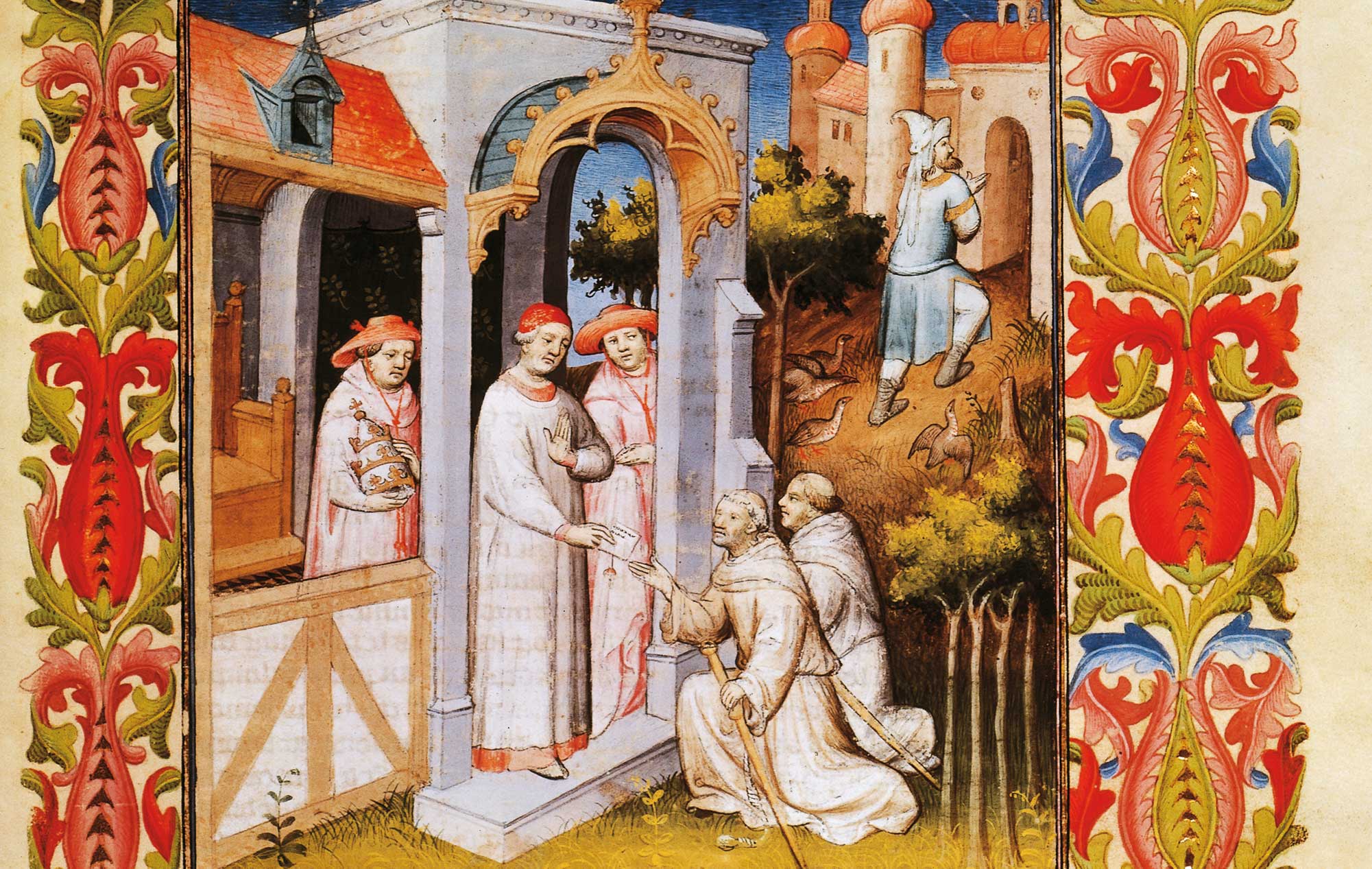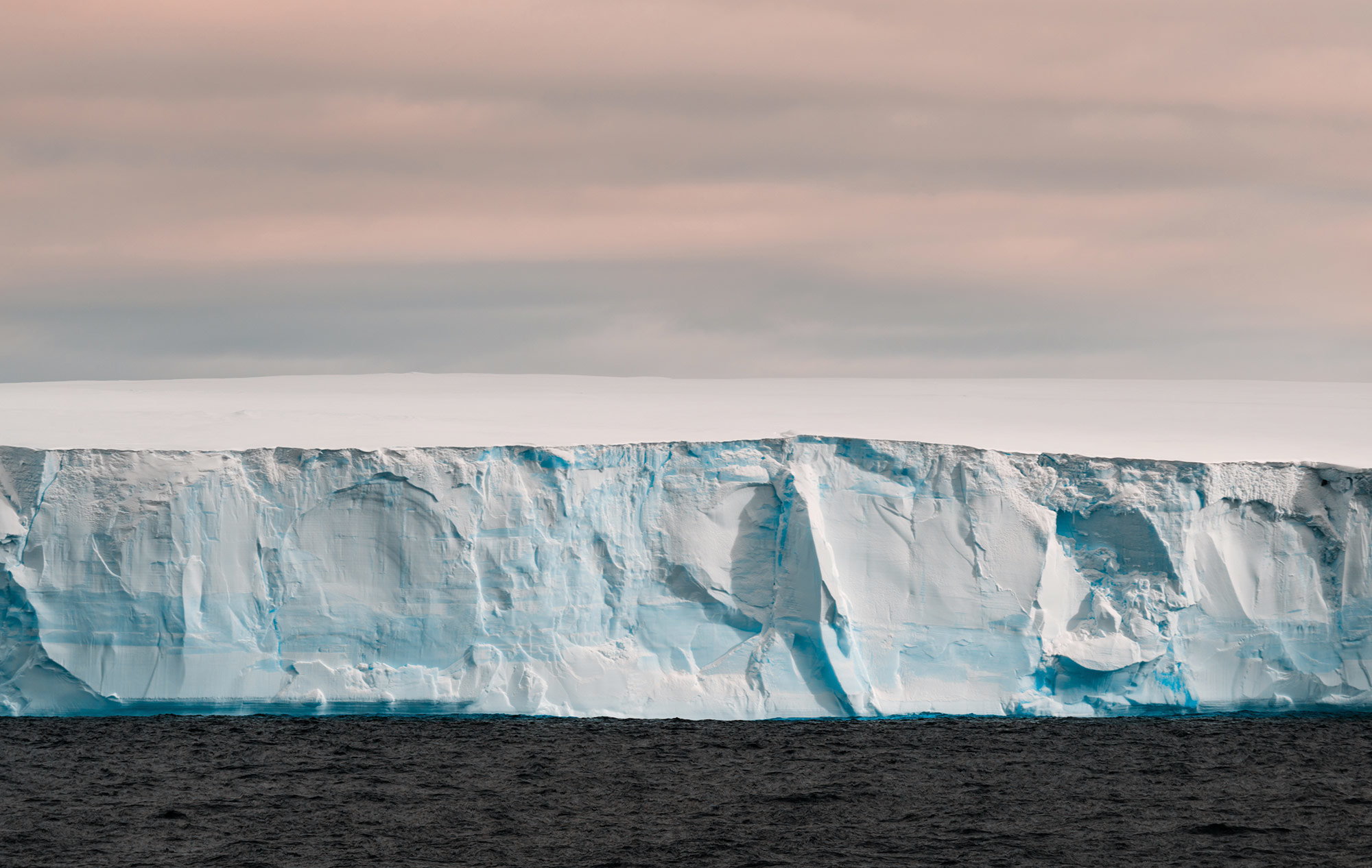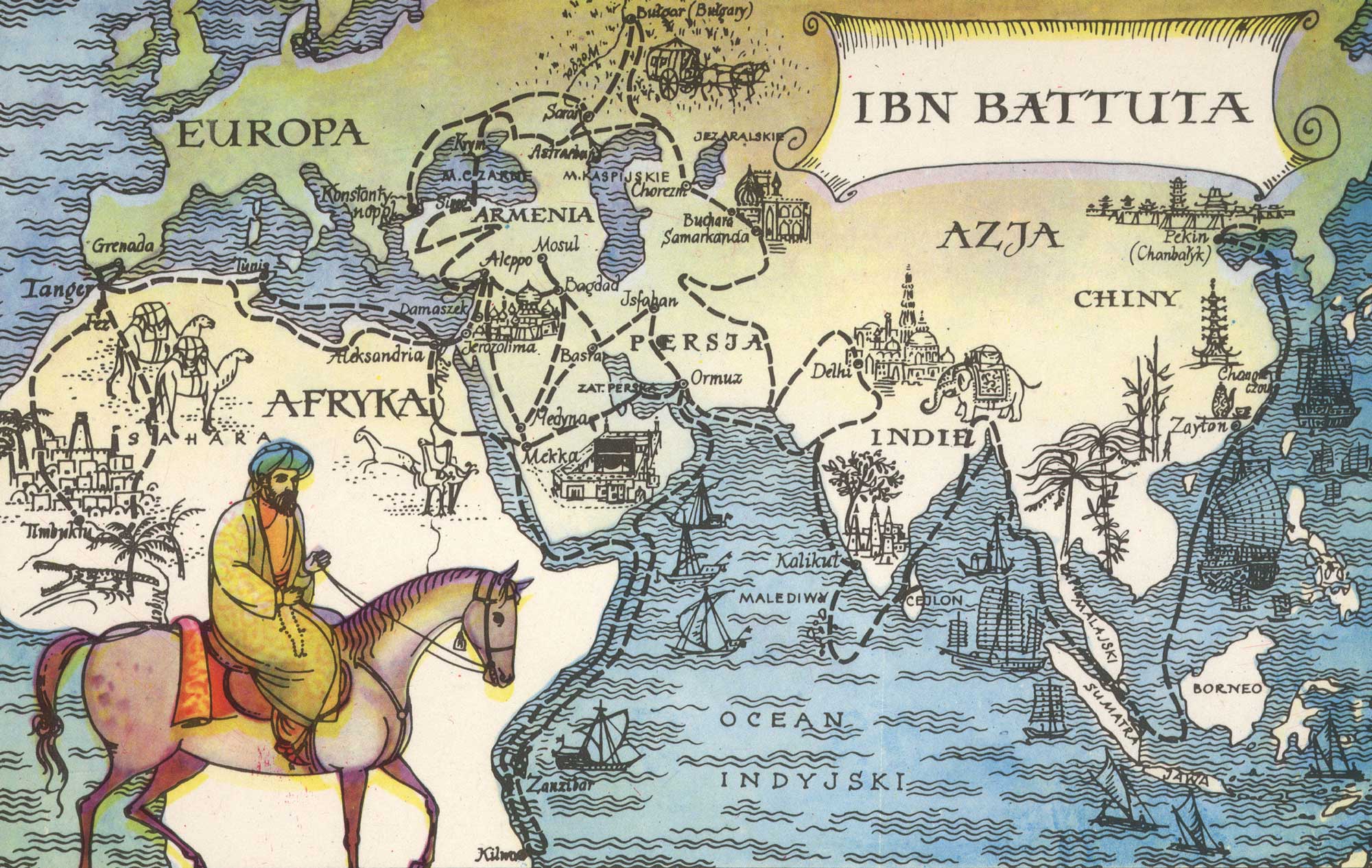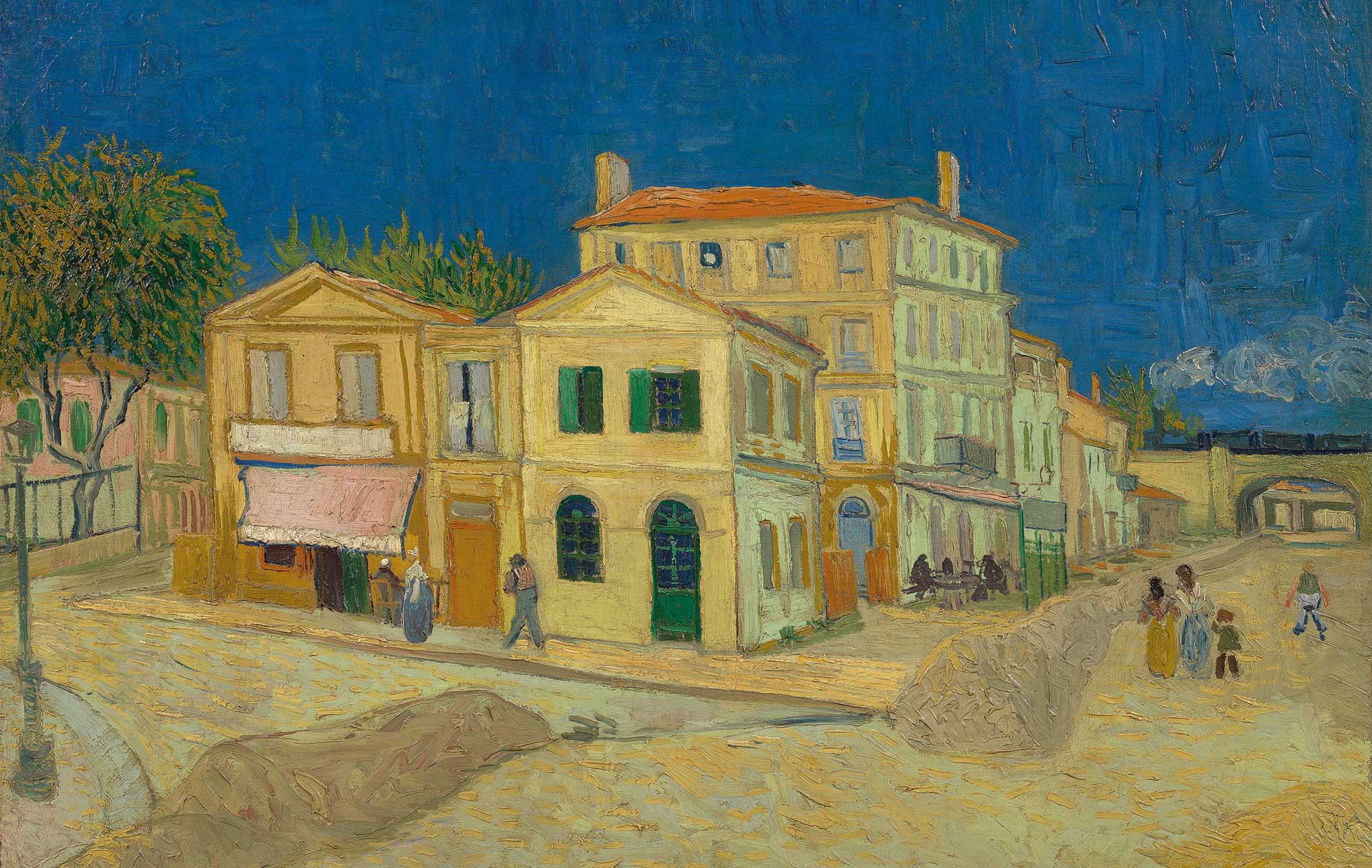From the deck of the Endeavour, Tupaia holds his arm out to the sunset hovering above the horizon. He’s checking the ship’s position relative to the sun, before the celestial navigation signs that will come by nightfall. His report to Captain James Cook is positive: they’re on the right heading to find the southernmost habitable landmass in the world.
Tupaia was born on Raiatea in the Society Islands around 1725, and his natural skills were spotted at a young age. He was selected to be trained in star navigation at the greatest marae (sacred meeting place) in all of Polynesia – Taputapuatea Marae, on the southeast coast of the island. It was here that he was consecrated as a tahua, or priest, and went on to train with the ’Arioi, a revered group of priests, warriors, musicians, artists and wayfinders, before making his way to Tahiti.
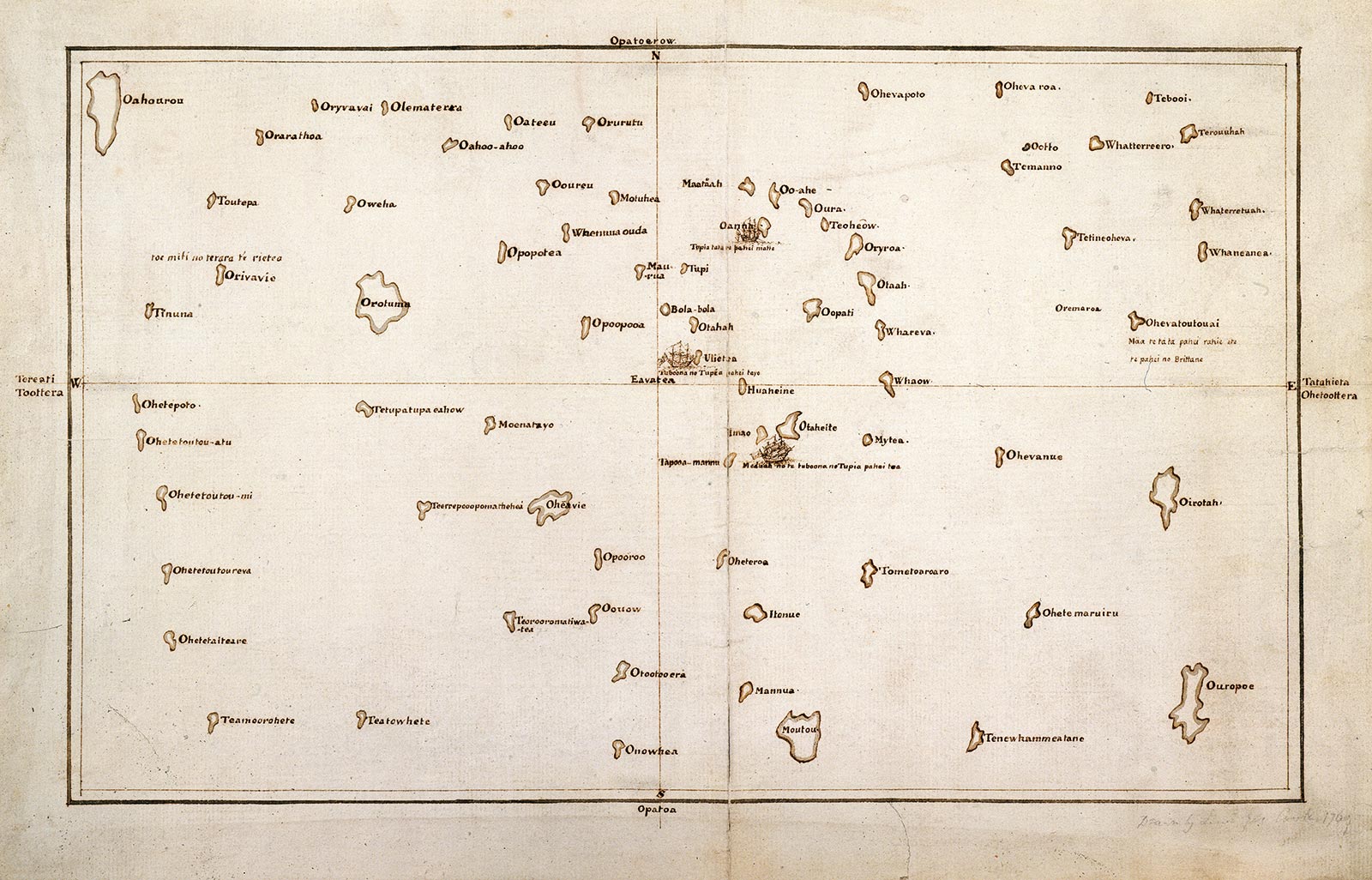
It was here, in July, 1769, that James Cook and the crew of the Endeavour arrived to measure the transit of Venus: an astrological phenomenon that occurs once every 243 years. During this time, the ship’s botanist Joseph Banks befriended Tupaia. Tupaia also spent time with the ship’s artists. He was eager to experience a new artform and quickly proved adept with watercolours, painting his encounters with the Europeans and chronicling his adventures to come.
Tupaia was invited to sail with the Endeavour when it left Tahiti. The crew were on a mission to find the mythical ‘great southern land’ and Tupaia proved himself invaluable. For a start, he could identify more than 100 islands in the South Pacific – from his native Society Islands to the Austral Islands and the Cook Islands, as well as Samoa, Tonga, Tokelau and Fiji – and more importantly, the routes to get there safely; knowledge which he helped Cook record on a map.

Though he had never seen the southern land himself, he was able to draw on the collective memory of his ancestors, who had migrated there in double-hulled sailing canoes centuries before and passed this knowledge down the generations via story, song and tattoos. Masters of observation and memory, their exceptional knowledge of the islands in the Pacific Ocean – which covers a third of Earth’s surface – was gleaned from the stars, moon, sun, ocean swells, currents and wildlife. In October 1769, Tupaia successfully guided the Endeavour to Aotearoa, or New Zealand as it’s known today.
Thanks to a shared Pacific heritage, Tupaia’s translation skills in both language and custom made him a vital mediator with the tangata whenua (people of the land). The Maori were quick to recognise the spiritual gifts of Tupaia and greeted him as an honoured guest, while encounters between the Maori and the Endeavour’s crew were more fraught – occasionally leading to fatal skirmishes. Without Tupaia and his diplomacy, it’s highly possible Cook and his crew would not have survived.

After six months in Aotearoa, the Endeavour sailed to Botany Bay in Sydney, Australia, but Tupaia found no linguistic similarities with the Aboriginal people. By this time he was suffering from scurvy, and when the ship arrived in Batavia (the capital of the Dutch East Indies, now known as Jakarta) in October 1770, he succumbed to further illness and died. When the Maori heard of Tupaia’s death on Cook’s return to Aotearoa in 1773, they mourned the loss of the intelligent and sensitive wayfinder, and enshrined his legacy for future generations.
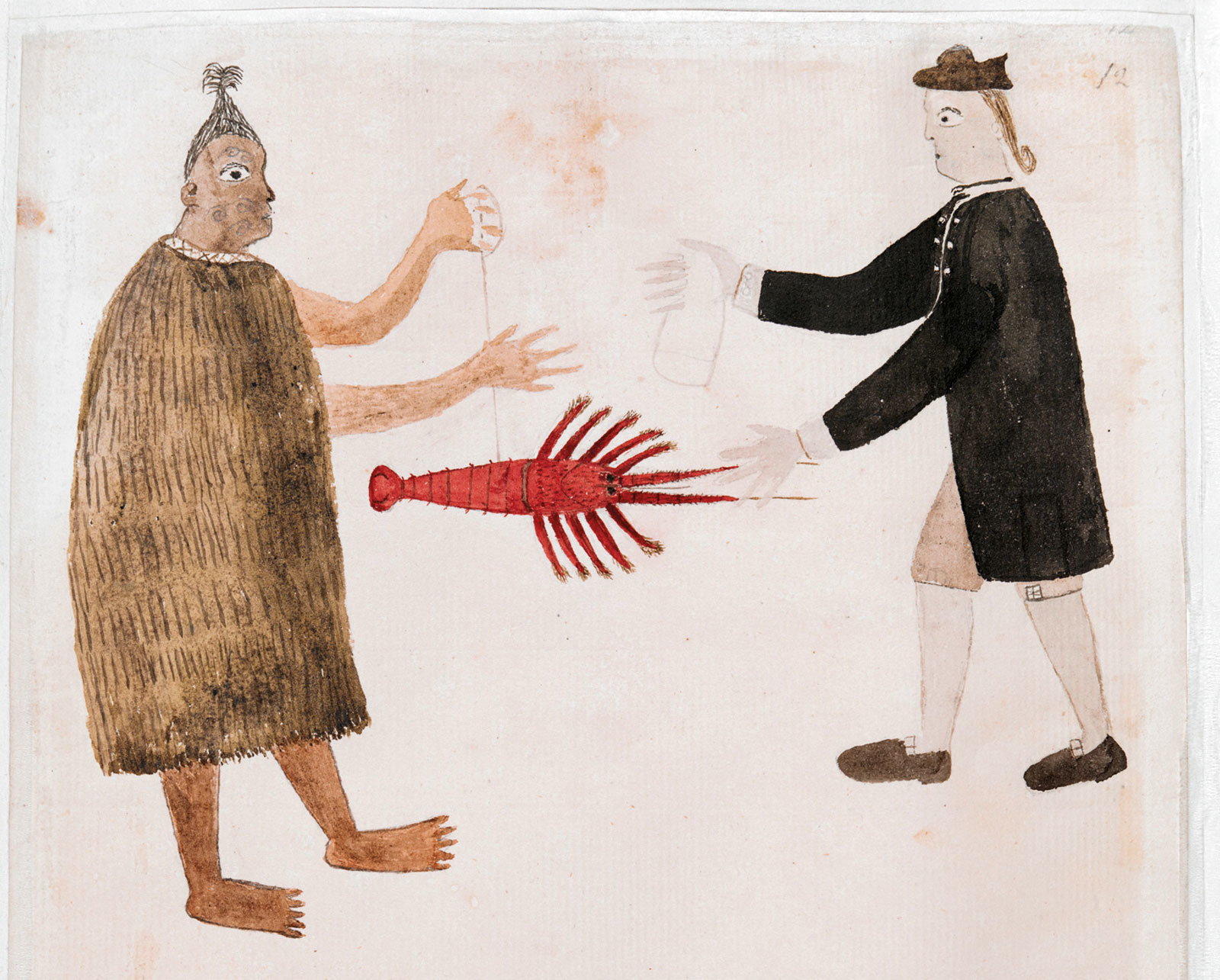
Saluting the Past
This year, New Zealand launched Tuia – Encounters 250, a national programme to commemorate the first onshore encounters between Maori and Pakeha (Europeans) in 1769-70 and the heritage of early Pacific explorers like Tupaia.
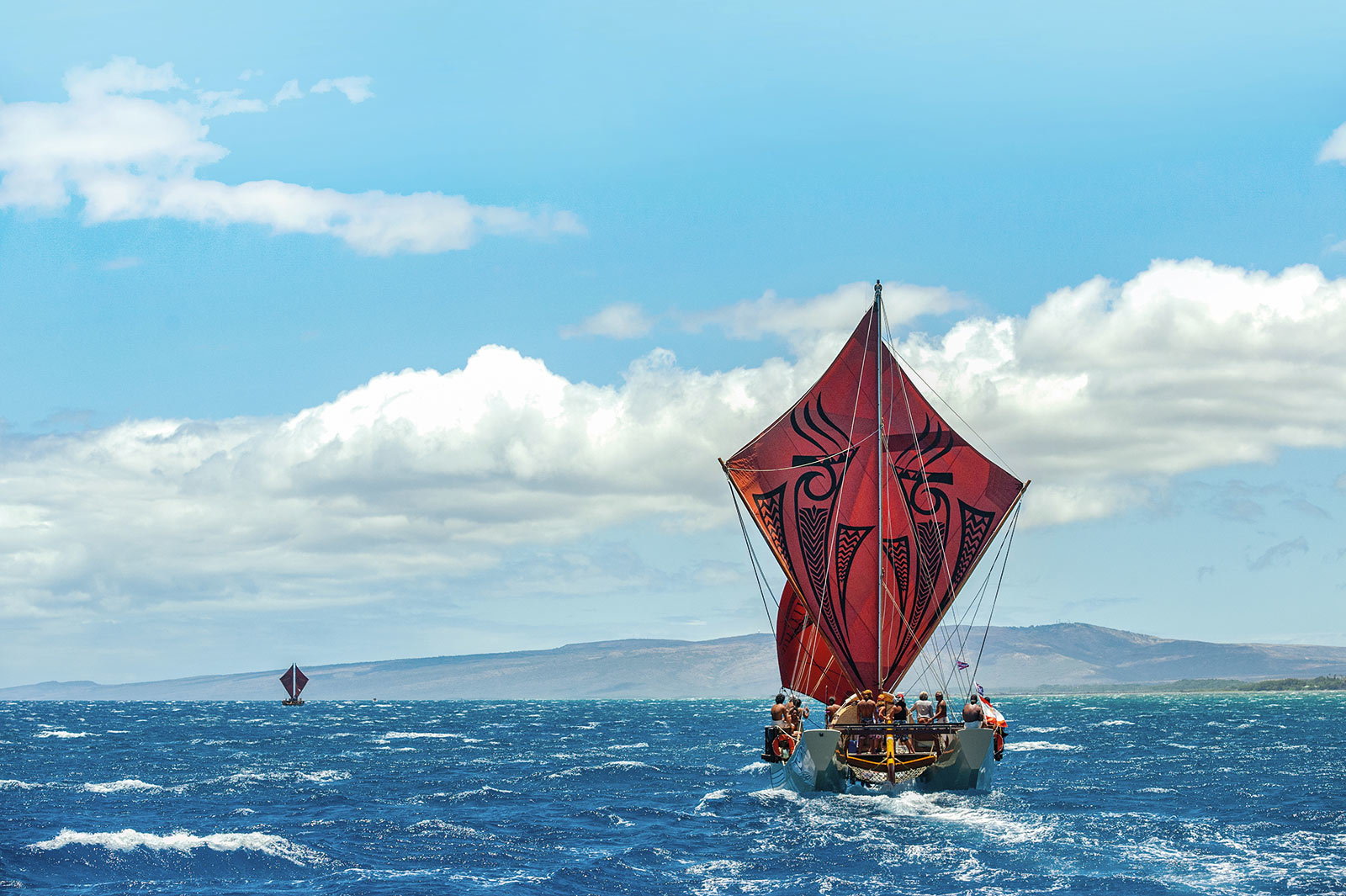
The central event is the Tuia 250 Voyage (follow the vessels’ progress via the Tuia 250 Tracker), launching this month, when a flotilla of two waka hourua canoes from New Zealand, three tall ships (including a replica of the Endeavour) from Australia, and the va’a tipaerua Fa’afaite canoe from Tahiti will sail the coastline of New Zealand for three months. On land, the crews will teach the public about Pacific, Maori and European sailing and navigation traditions.
Cathay Pacific flies to Auckland from Hong Kong seven times a week



